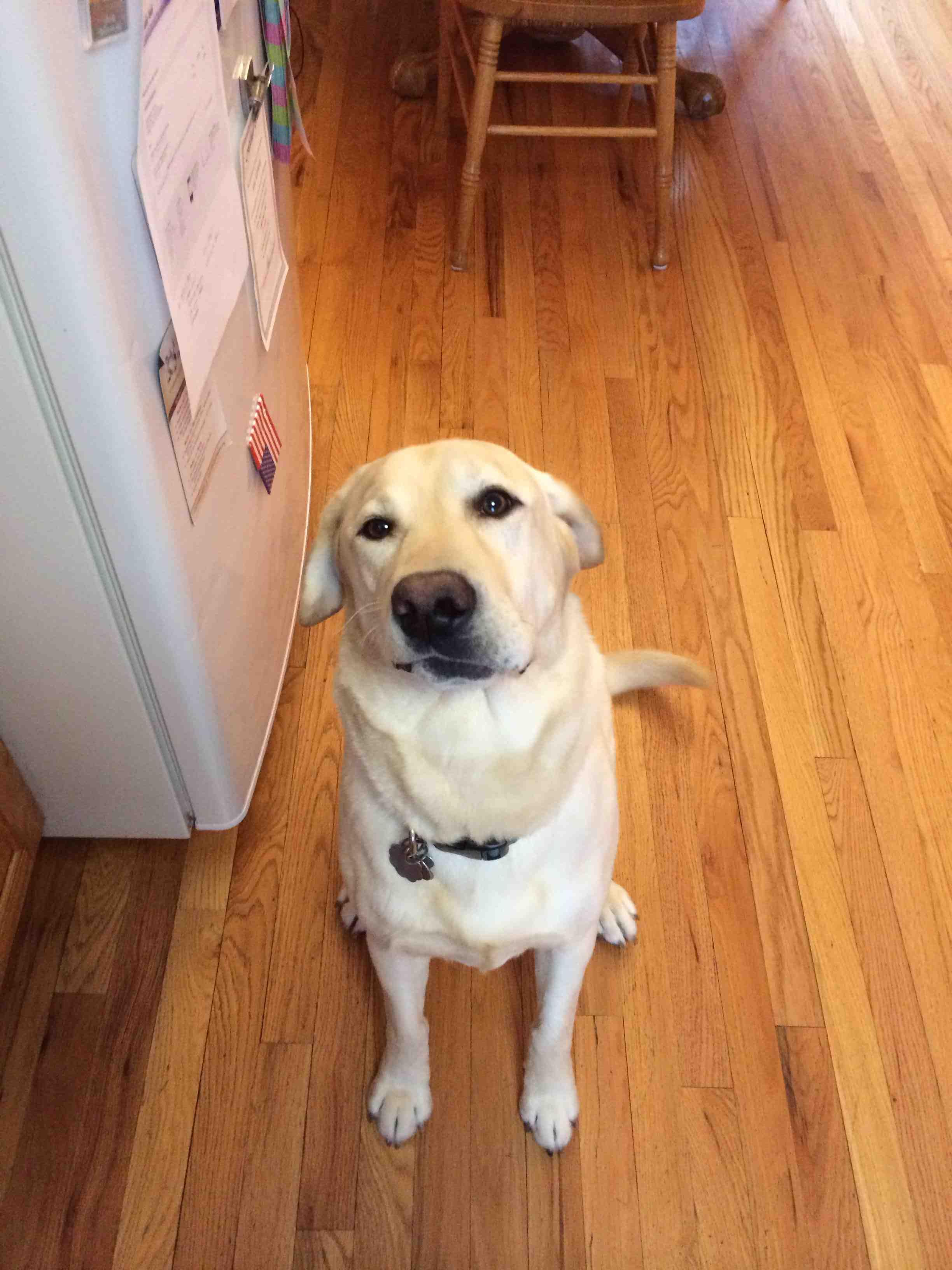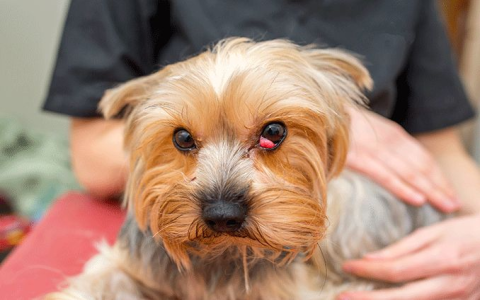Picture this: You’re walking in the park with your beloved dog, as happy as can be, when suddenly you notice something odd. Your dog’s once symmetrical face now seems uneven—one side of his mouth appears to be drooping. This could be an alarming sight for any pet owner. While this sudden change might not necessarily indicate an emergency, understanding the possible causes and implications is vital for ensuring your furry friend’s health.
Facial drooping in dogs can stem from various medical conditions. One of the most common causes is an injury or trauma to the face or head. Blows to the head or fights with other animals could result in temporary or permanent facial nerve damage. The nerve responsible for controlling the facial muscles, known as the facial nerve, might be affected, leading to one side of the mouth drooping.

Another potential culprit is a condition known as Idiopathic Facial Paralysis. This is when the face muscles weaken or become paralyzed without a clear reason. In such cases, your dog might exhibit other symptoms like an inability to close one eye, drooping ears on one side, or even a loss of saliva control from the affected side of the mouth.
Hypothyroidism could also play a role. This is an endocrine disorder where the thyroid gland doesn’t produce enough hormones. Hormone imbalances can lead to a range of symptoms, one of which might include facial drooping due to muscle weakness.
Moreover, if your dog is experiencing middle or inner ear infections, the swelling from these can put pressure on the facial nerve, causing temporary drooping. Middle ear infections can be tricky to diagnose since the ear canal often appears normal, but other signs like head tilting or loss of balance accompany the issue.
Sometimes, the drooping can be linked to central nervous system disorders. These are more severe and might include a stroke or brain tumor. While less common, these conditions necessitate immediate veterinary attention. The signs might not be limited to drooping but could also involve changes in behavior, loss of coordination, or even collapsing.
It’s essential to approach this condition with knowledge and prompt action. If your dog showcases any drooping on one side of his mouth, consider the following steps:
-
Observe other symptoms: Check for signs like difficulty eating, drooling, weakness, or any changes in eye control or pupil size.
-
Protect the eye: If your dog can’t close the eye on the affected side, keep it moist with over-the-counter eye lubricants to prevent damage. Bell’s palsy-like symptoms might be present here.
-
Get to the vet immediately: Since this could be linked to various severe conditions, a vet visit is crucial. They might conduct blood work, X-rays, or an MRI to pinpoint the cause.

Upon diagnosis, treatment options will vary based on the cause:
-
Steroids and anti-inflammatory drugs for reducing swelling associated with nerve or ear issues.
-
Thyroid supplements for hypothyroidism.
-
Physical therapy or exercise programs can help with muscle strengthening and recovery.
-
Surgery might be necessary in the case of tumors or if facial surgery is required after trauma.
Remember, your dog’s drooping mouth is more than just a facial feature; it’s a sign urging for attention. Listening to your pet’s body language and seeking professional help can lead to a speedier recovery. Familiarize yourself with your dog’s regular facial expressions and movements; this will make it easier to spot when something unusual like mouth drooping occurs.
Every dog’s face tells a story, and any change in its look deserves your care and attention. So if your dog starts showing signs of one-sided facial drooping, take it as a call to action. Being proactive with your pet’s health, staying vigilant for symptoms, and maintaining open communication with your vet are the keys to ensuring your furry friend returns to wagging with joy and a symmetrical smile.



